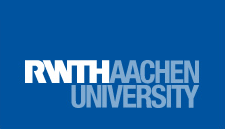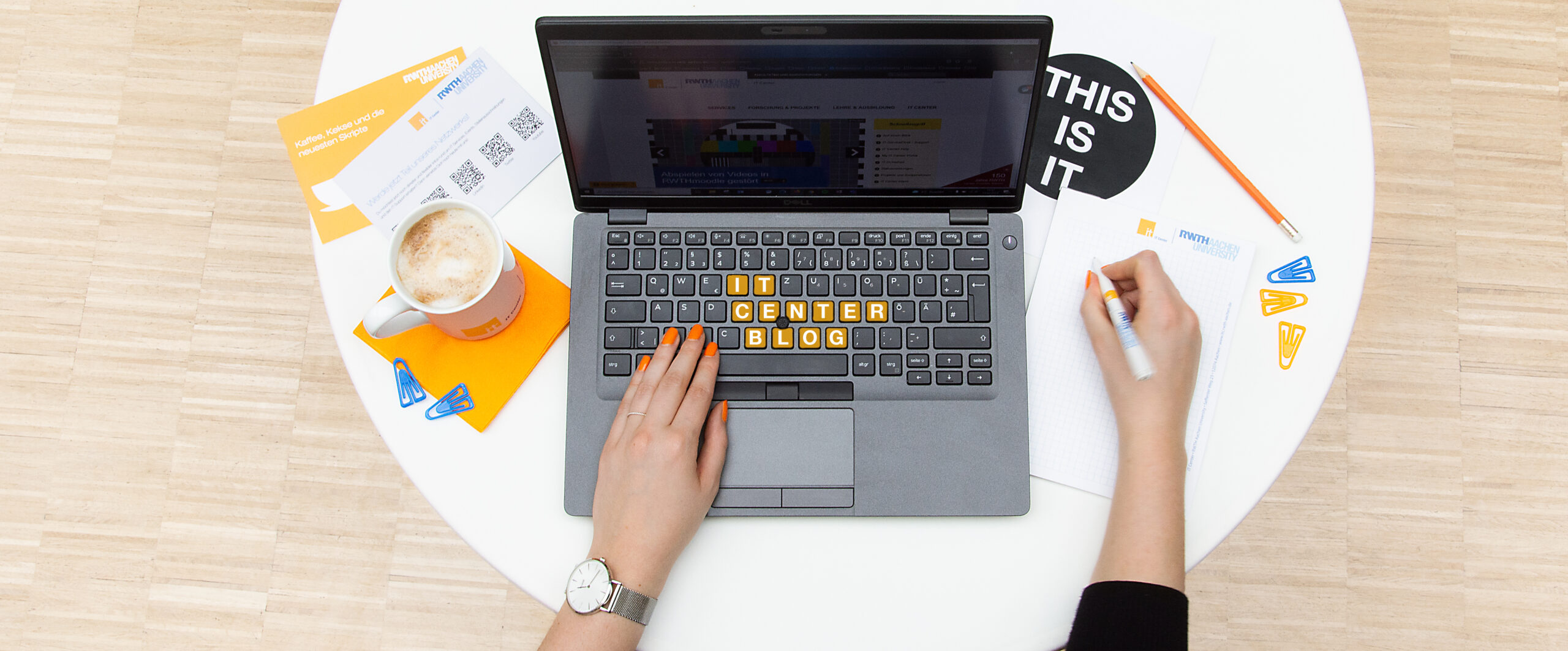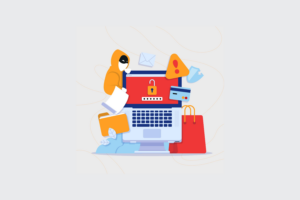Schlagwort: ‘IT security’
Ethical Hacking: Hacking for More Security
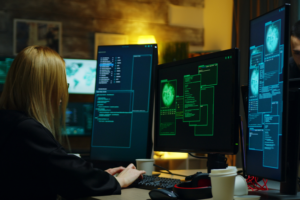
Source: Freepik
Imagine you let someone deliberately try to break into your house to test your security system. Sounds strange, doesn’t it? But that’s exactly what ethical hackers do in the digital space. They try to break into systems – with permission, of course – to uncover security vulnerabilities before they can be exploited by criminals. In this article, you will learn everything you need to know about ethical hacking, the important role it plays in IT security and how it is used in practice.
Information for Employees – Security of Webex

Source: Freepik
The communication and collaboration tool Webex has been in use at RWTH Aachen University since November 2023. This is currently being criticized due to security incidents (German only).
As IT security is a very high priority for RWTH, the issue is being taken very seriously by both the IT Center as a whole and the relevant specialist department.
Following discussions with the manufacturer Cisco and our own intensive investigation, we were able to establish that RWTH and its Webex users are not affected by the security incidents.
The necessary security precautions had already been implemented at RWTH before Webex was introduced.
Spoofing: An Underestimated Threat

Source: Freepik
In the world of IT security, there are a variety of threats that can affect companies and individuals alike. One of these threats that is often underestimated is spoofing. Spoofing is a technique where the attacker attempts to disguise their true identity in order to gain access to sensitive information. In doing so, they attempt to cause damage or pretend to be a trustworthy source. In this blog post, we will take a closer look at the technique of spoofing, show the different forms it can take and explain how companies and individuals can protect themselves against spoofing attacks.
Romance Without Risk: IT Security

Source: Freepik
Valentine’s Day, a time of love and affection, brings with it not only romantic gestures but also potential online threats. In a world where digital connections are just as important as personal relationships; it is crucial to protect your own data.
In this article, you can find out how to order flowers online, buy Valentine’s Day gifts and use online dating platforms while staying digitally safe. Take care, friends!
Data Protection Day: Our Privacy

Source: Own illustration
On January 28, we celebrate European Data Protection Day to draw attention to the importance of data protection. This annual event is a reminder of the fundamental right to privacy and highlights efforts to strengthen the protection of personal data.
Cluster security – MFA Now Mandatory
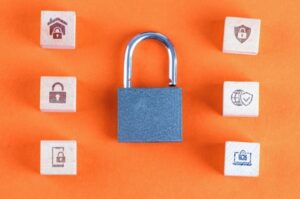
Source: Freepik
In May 2020, several supercomputers in Europe were attacked by hackers. They used compromised accounts of users on external systems. To prevent such attacks, the introduction of multi-factor authentication on the HPC cluster is an important step.
IT Fairytale Hour – Part 2

Source: Freepik
Today we continue with our series, “All about the myths in the world of IT”.
If you missed the first part of the myths, feel free to check out our last post.
“The full moon causes sleepless nights” – a myth we all know. Experts have long since proven that the moon does not have magical powers. The brightness releases less melatonin in the brain, which helps us fall asleep.
So it’s worth taking another close look at widespread half-truths.
In the world of IT, there are myths that we can get to the bottom of together.
Today, it’s all about IT security and what you should know about it.
E-Mail Security – Evaluation of DMARC Policy for Incoming Emails

Source: Pixabay
In the fourth part of our e-mail security series, we would like to inform you about an innovation in our e-mail security policy.
After we reported on e-mail, e-mail statistics at RWTH Aachen University, and the SMTP protocol and its pitfalls in the first and second articles, and informed you about the DKIM identification protocol and DMARC in the third article, this fourth part is now about a new e-mail security requirement. To ensure that RWTH can continue to provide a secure e-mail service in the future, we have decided to introduce the evaluation of a sender’s DMARC policy when accepting mail at the university’s central mail gateway. You can find out what this means in this blog post.
Cybersecurity 101: Protecting the Digital Footprint in the Digital Age

Source: Own Illustration
In today’s digital age, our lives are increasingly intertwined with the online world. From social media profiles to online banking accounts, we leave a digital footprint that can be vulnerable to cyber threats. Protecting our digital presence and maintaining online privacy is more important now than ever. In this blog post, we’ll go over the basics of cybersecurity and provide practical tips for protecting your digital footprint.
